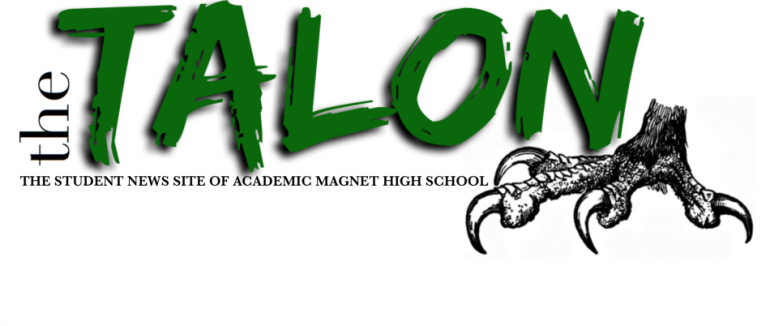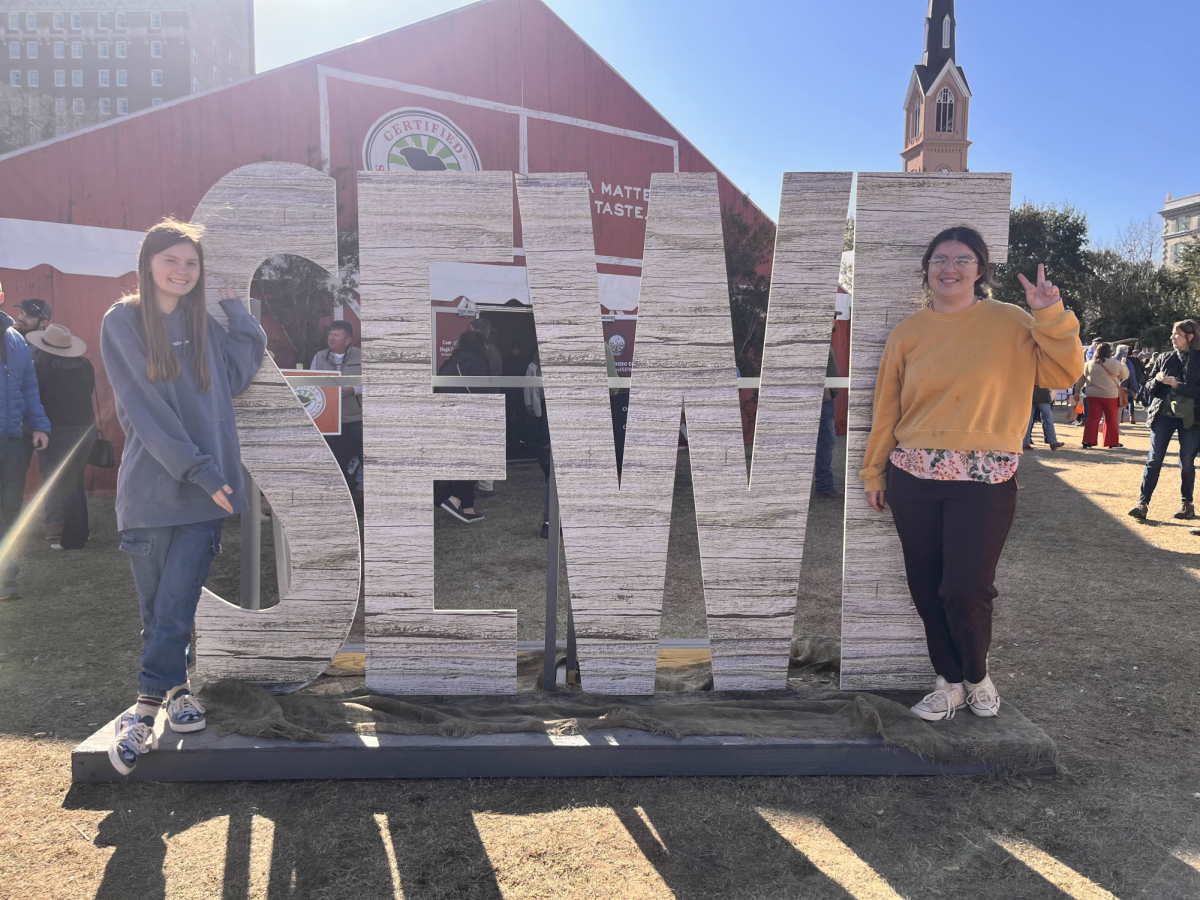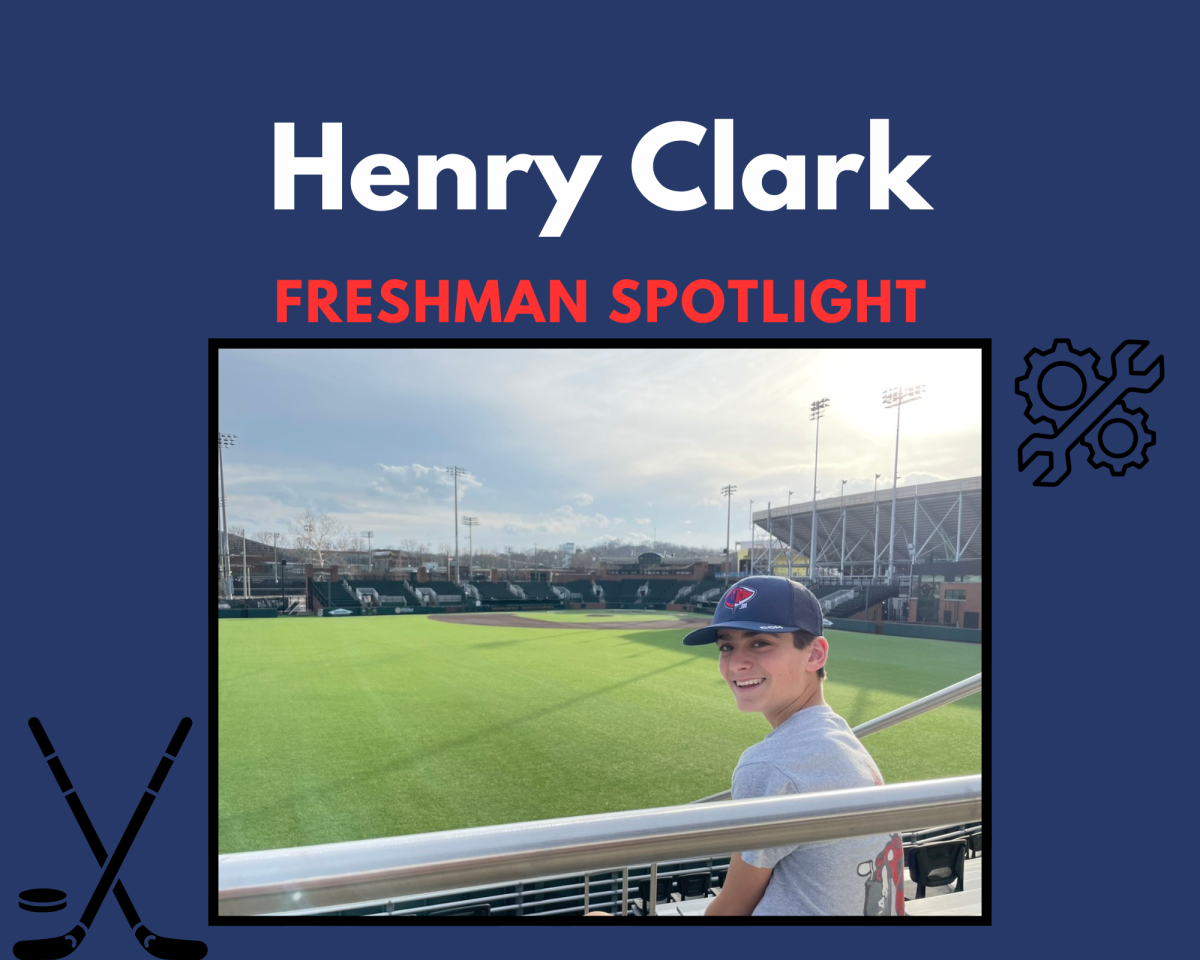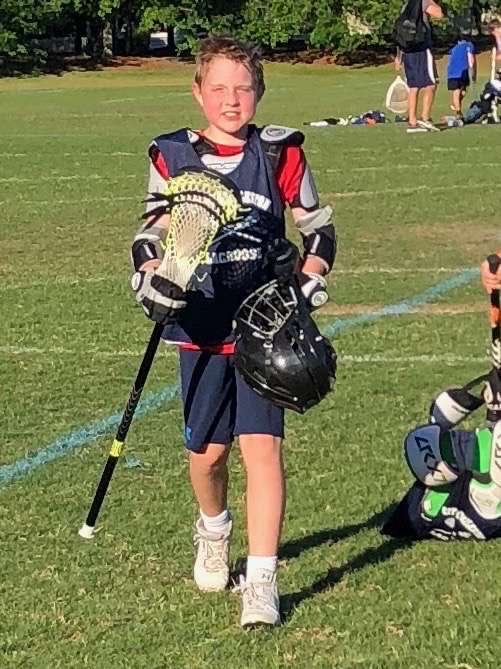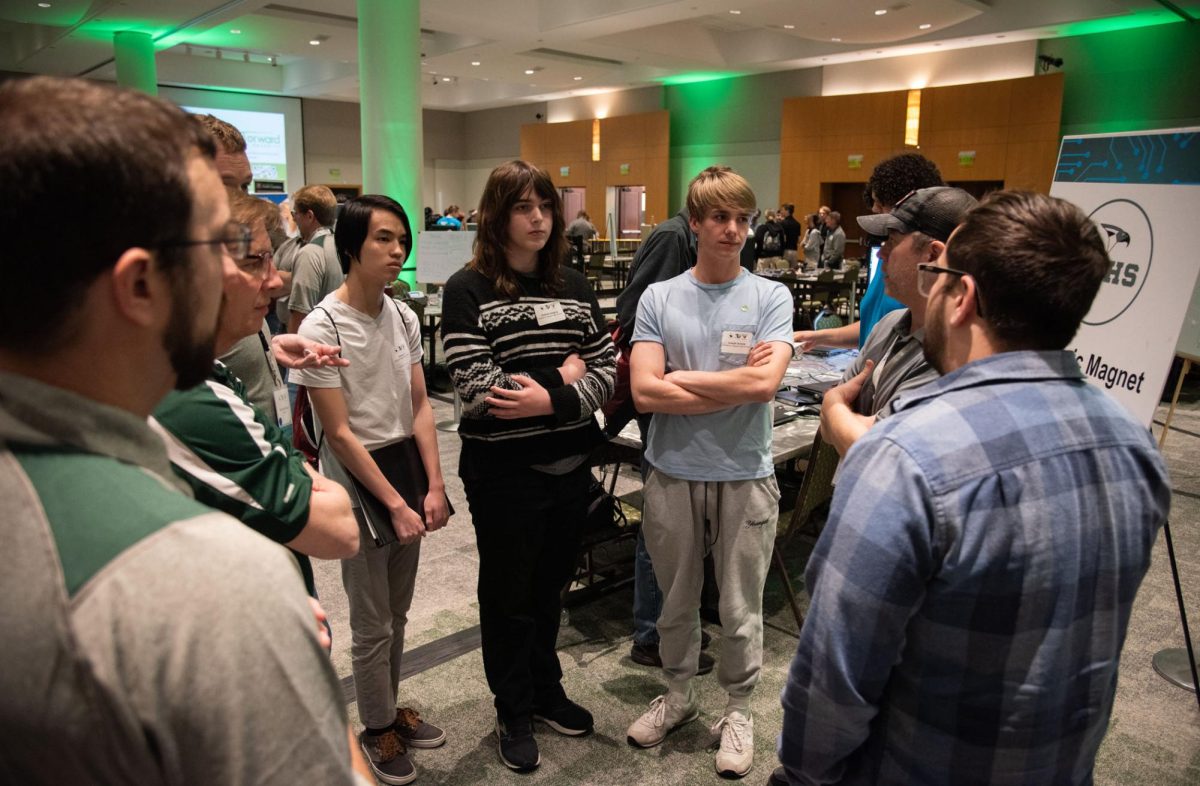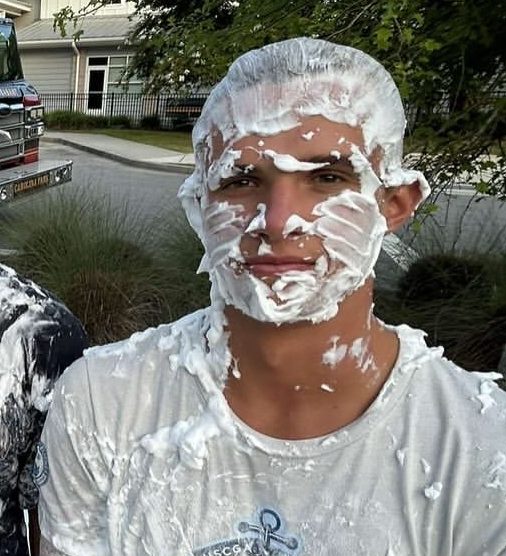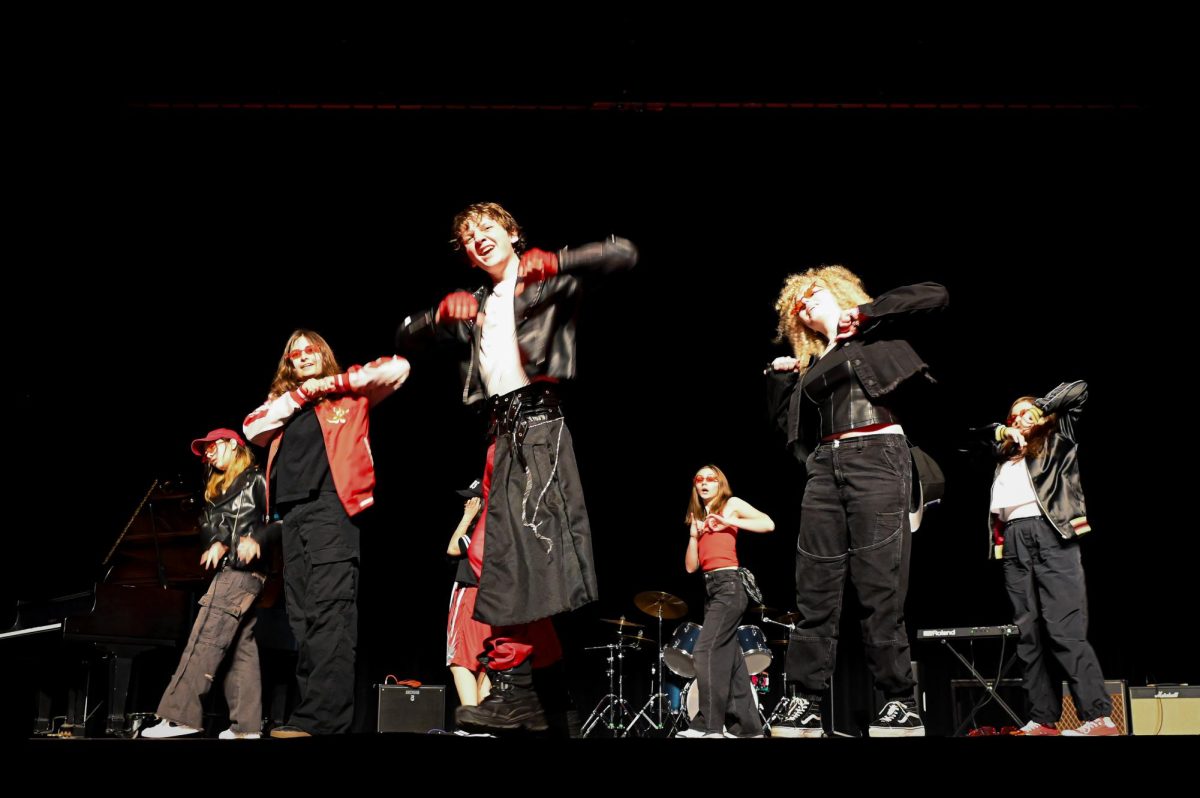The Southeastern Wildlife Exposition (SEWE) has been an integral part of Charleston since 1983. The original exhibition had 5,000 attendees which has now grown to over 40,000. 2025 marks its 42nd anniversary of promoting the natural environment of South Carolina. The festivities are not just fun, they also bring quantifiable benefits to our community. In 2002, SEWE had a positive impact of $63.8 million on the economy and continues to uphold an economic impact of around $33 million each year. They mix the worlds of scientists and connoisseurs that appreciate our natural world. They teach sustainable hunting, the importance of marshlands, and make it fun to be outside.
The events are hosted in five locations: Marion Square, Charleston Marriott, Charleston Gaillard Center, the Charleston Place, and Brittlebank Park. The Charleston Place holds the SEWE Fine Arts Gallery and live art events. The Charleston Gaillard Center has live animal and other shows and handcrafted goods in their marketplace. Marion Square contains vendors and demonstrations including birds of prey, flying disc dogs, dolphin doctor workshops, conservation education, cooking demonstrations, and food and drinks. The Charleston Marriott is where the sporting showroom is which contains outdoor outfitters and field gear, high-end sporting arms, unique excursions, and decoys. Brittlebank Park hosts outdoor lifestyle vendors and demonstrations. This includes the kids zone, live demonstrations, food and drinks, Dockdogs, and exhibitors. Each area is walkable, but there are free shuttles for all SEWE attendees to transport from location to location. No matter what you are looking for in the outdoors, you will be able to find it at one of these locations.
The exhibition is also a chance to see and buy new art. Not only is the event about free learning and fun it also works as a fundraiser for many organizations and natural artists. Each year they choose one artist to spotlight on their poster. The artist for this year was Ray Brown who specializes in charcoal drawings. The poster of a black-and-white moose or any previous year’s poster are all available from the SEWE website for $40. The available posters date all the way back to 1992. If that is not your style, you can also buy souvenirs or apparel featuring SEWE logos. If you have a bit more money you can buy art from the featured artists. These pieces can range in the thousands of dollars, but are all beautiful works.
Are you interested in seeing a Yellow Rat Snake, a Barn Owl, or bees? The animals you can see at each tent can vary wildly. It may seem scary at first to touch the skin of a snake, but they are very docile. The owl swooped over the heads of visitors making their way through the birds of prey tent. Bees may give you a fright, but they were all hard at working creating sweet honey. Far too busy to spend time stinging you. Even if they did decide they have a vendetta against you they were safely secured in their hive.
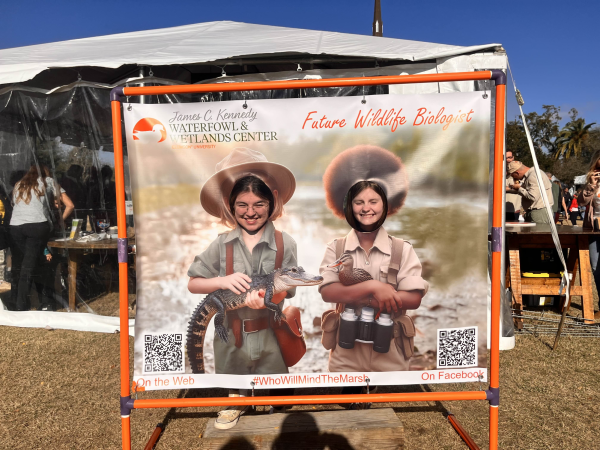
Walking into Marion Square, the entire park was filled to the brim with people from all walks of life – professors from local colleges, college students themselves stationed at booths, parents with their children exploring the exhibition, and of course, loads and loads of dogs. Everywhere the eye could see, booths lined the sides of the park, occupied by interested patrons who were dying to learn more about the great outdoors. Some of the sponsors of these booths included the South Carolina Aquarium here in Charleston, with merch items featuring some of their most iconic animals, and Clemson University, including its College of Agriculture, Forestry, and Life Sciences.
There were a variety of activities for younger children there as well, including things like a big word search outside the Clemson booth and various other booths with resources like coloring pages. While there were no events there that were directly targeted towards the children themselves, many of them were accessible to crowds of all ages, such as the Flying Disc Dog Demos, which consisted of dogs performing flying disc routines and showing off their athleticism.
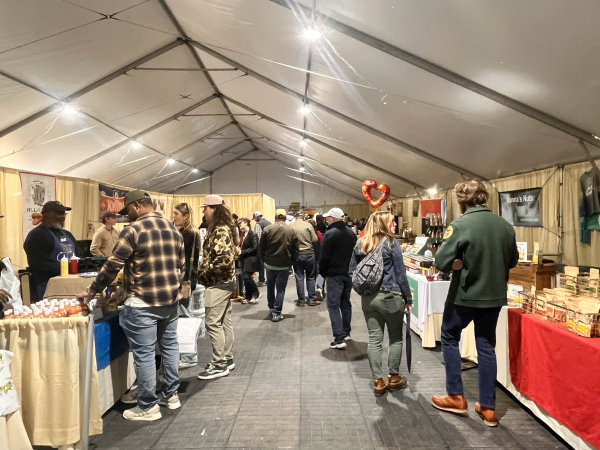
Some of the biggest parts of the exhibition on Friday afternoon were the chef demos, where various chefs educated attendees on healthy cooking and living. However, they seemed more centered around sharing stories about their cooking than actually doing any of the cooking themselves. These demos were accompanied by a farmers’ market in a nearby building, where producers from all over the Lowcountry came together to sell their organic produce. Some of the products sold in this farmers’ market included boiled peanuts, beans, tomatoes, and other staple crops. While some of these products were expensive, the cost is totally worth it for a chance to support local farmers as well as eat healthier, and in the long run, visiting markets like this is a chance for further wildlife education.
In addition to the events and the farmers’ market, SEWE also offered a wide variety of shopping opportunities. There were vendors scattered all over downtown Charleston, selling anything you could imagine. In Marion Square, many of the vendors sold homemade products that centered around animals – some of them sold things for pets, such as dog costumes, leashes with fun patterns, and custom collars. Other vendors found elsewhere around town were selling items such as jewelry. In a stark contrast to the other vendors, the South Carolina Aquarium was selling memberships at a slight discount.
All in all, though the two of us only got to visit SEWE once on Friday afternoon, it was a worthwhile and quite educational experience that taught us to appreciate more about the outstanding ecological environment we live in. The exhibition only comes around once per year, but it is definitely worth visiting – each place to visit is a chance to learn more about the world and all the creatures that inhabit it. Keep your eyes peeled for this time next year, because SEWE happens every February, and you won’t want to miss it.

